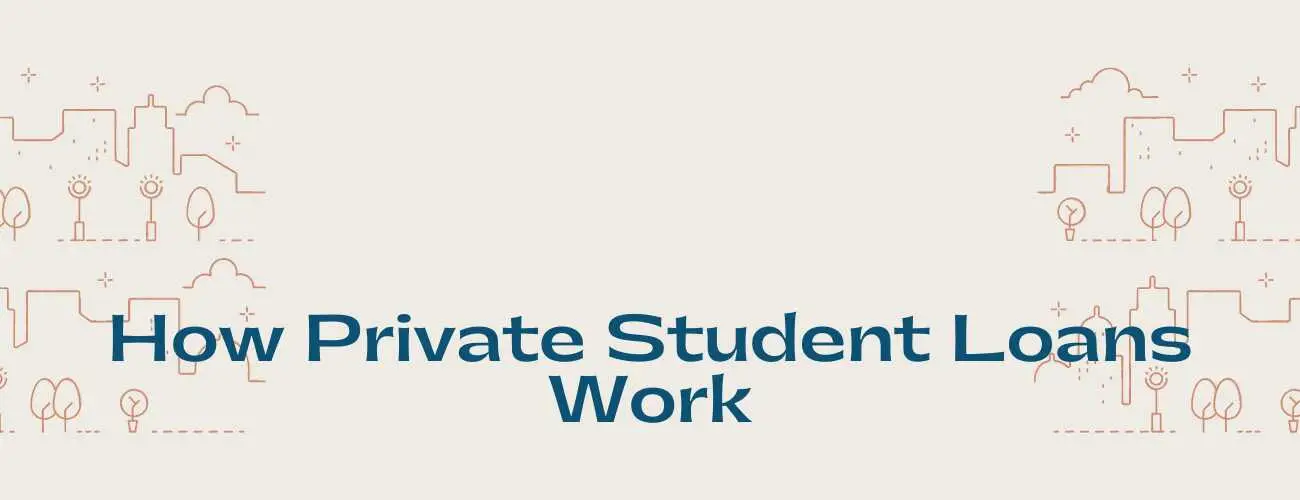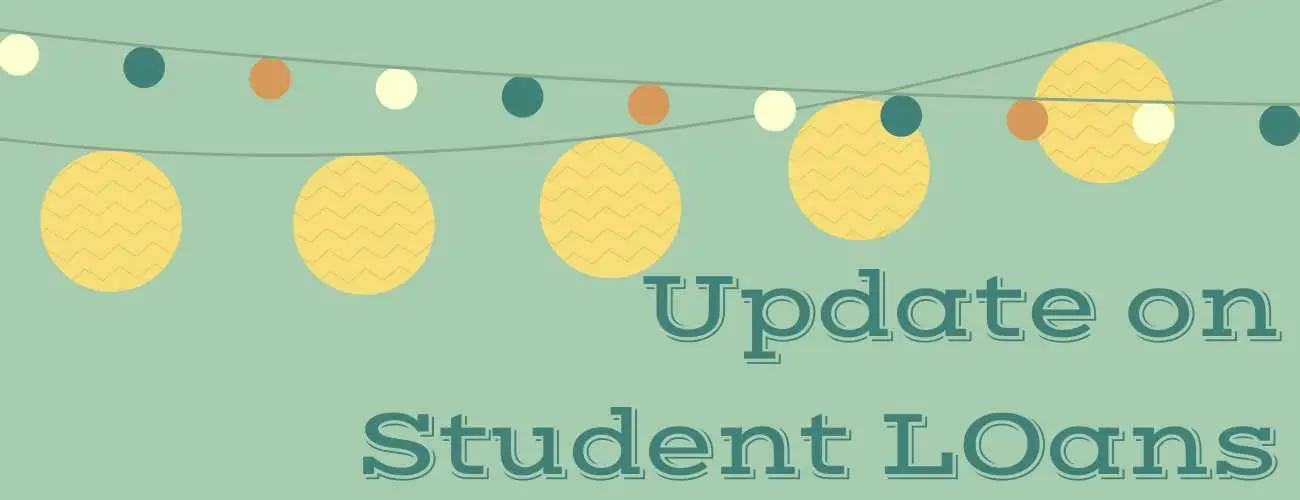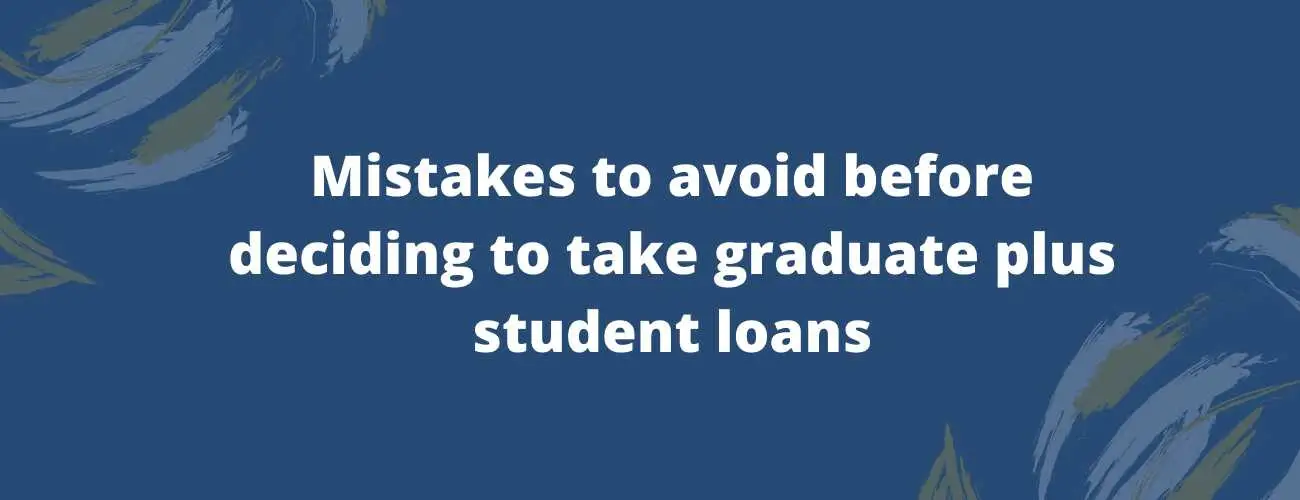Recertify Student Loans
Learn more about recertification, its deadlines and what happens when you miss it. Is it possible for you to recertify you loans early? Get to know all the details regarding recertification of student loans.
Updated by Chinmoy Dutta on 28th February 2020
Recertification of student loans is a process in which through which you are required to submit your income information and family size to confirm your continued eligibility and determine your monthly payment amount. The recertification process takes place in the repayment phase of student loans
This process has to be completed even if nothing has changed over the year. Unfortunately, there is no such process via which you can enroll in the plan once and simply make monthly payments without the need for recertification.
Even though the recertification looks like a simple task that can be easily completed, a large number of people fail to recertify. This creates further problems for borrowers who fail to recertify.
Table of contents
- How does recertification works?
- What is your recertification deadline?
- How to recertify your information?
- What to do if your payment is higher after recertification?
- Recertification and PSLF
- What happens if you forget to recertify?
- Can you recertify student loans early?
How does recertification works?
Recertification is required in the repayment phase for income-driven repayment. Repayment of student loans is an important phase for returning your student loan debts. There are four types of income-driven repayment plans:
-
Income-based repayment (IBR)
-
Income-contingent repayment (ICR)
-
Pay As You Earn (PAYE)
-
REvised Pay As You Earn (REPAYE)
Whatever repayment you are enrolled in IDR, you are required to provide your loan servicer with your updated income documentation and family status, even if nothing changed regarding your income and household information.
Following are the information that you are required to furnish for the IDR recertification form:
-
Family size: If you are expecting a child or you have children, fill in the appropriate number of kids on the form
-
Spouse’s information: You need to enter your marital status and whether your spouse has federal loans
-
Type of request: Check that you are applying for recertification of your loan and not filling in a new application
-
Signature: Your signature is a way of guaranteeing that all the information furnished by you is accurate
-
Proof of Income: The Government requires your most recent tax return to know your updated income. Alternative documentation such as a letter from your employer or a recent pay stub might be submitted if you do not have your tax returns
Why do you need to recertify every year?
Recertification needs to be done every year just because it is required to stay in your Income-Driven Plan and failure to recertify may lead to some unpleasant consequences.
What is your recertification deadline?
Your recertification deadline date is to be conveyed to you by your student loan servicer. It is advised to complete your process as soon as you come to know about this date which maybe even months before the actual deadline. In this way, you don’t forget to recertify and your loan servicer gets everything it needs in time.
Should you choose to wait, do set a reminder for your recertification date. Your annual recertification deadline likely aligns with when you entered your income-driven plan. The paperwork must be submitted within 10 days following this deadline.
Worried about your College Tuition? Find the best student loans for you.
How to recertify your information?
You can recertify your student loans by either submitting your request electronically via the Federal Student Aid website or send a mail containing income-driven repayment form to the designated address. Electronic submission would require you to create an FSA ID.
Submitting recertification electronically
The electronic recertification tool is simple and easy to use and the process can be completed in less than 10 minutes.
On the income-driven repayment plan page, scroll down. Under “Returning IDR Applicants,” click “Log In to Start” to the right of “Submit annual re-certification of my income.” An FSA ID and password are required to log in.
The tax tool can be used through the FSA to retrieve your most recent financial information, such as your income if you have filed your taxes with the IRS.
Click “Start Demo” beneath the login button if you need more details.
Submitting recertification on paper
Some people who do not prefer submitting an online IDR form can opt for submitting the hard copy of the form. You can download and print the application form or you can contact your loan servicer and request for a blank form.
Quite different from the electronic version, given you have federal loans from different loan servicers, you will need to submit separate IDR plan recertification for different lenders. Each loan servicers have a different mailing address and you can contact your loan servicer to find out where to send the completed form.
Before filling and sending out the form, it is important to check that you are submitting the latest form. The expiration date of the form can be found out in the top right corner.
What to do if your payment is higher after recertification?
If your new monthly loan payment is higher than what it was last year, the first thing to do is check your income i.e. check what income information you provided to your loan servicer last year and compare it with the information furnished this year.
Some of the points worth checking are:
-
Did you use a paystub last year? Does the income information you provided include a bonus or some other amount that you don’t get ordinarily?
-
Did you use a tax return this year?
-
Was your Annual Gross Income (AGI) a lot less last year?
-
Did you sell a property?
What you need to check for is there any extra income on your tax return that artificially increased your AGI?
After checking income, make sure your family size is accurately counted. If you find any differences, contact your loan servicer and ask for your monthly payment to be recalculated early
Recertification and Public Service Loan Forgiveness (PSLF)
Student loan borrowers who are working full-time in a public service job or at a non-profit organization need to make timely submission of their recertification paperwork or they risk missing months towards loan forgiveness
Under the PSLF program, a loan borrower can have their Direct Loans forgiven after making 120 monthly payments under an income-driven repayment plan. Failure of timely recertification extends the time you need to work and the number of payments you need to make before your loans are forgiven.
What happens if you forget to recertify?
Say you miss your recertification deadline, you can again enroll in the plan or resume making payments based on your income by providing your servicer with the updated income. This doesn’t undo any penalties that might have occurred on your loan.
The penalties that are imposed on you depends on your income-driven plan. Following penalties might take place:
Increase in payments
The monthly payments will no longer be based on your income rather you will automatically switch to the standard 10-year repayment plan with fixed monthly payments based on the amount you owed when you first entered the Income-Driven Repayment plan.
However, there is an exception when your repayment plan is REvised Pay As You Earn (REPAYE). Failure of recertification under REPAYE places you into an alternative repayment plan. Your payments in this plan will be based on whichever repayment terms pays off your remaining debt the fastest:
-
The remaining term of your current REPAYE term
-
Ten years of repayment in the alternate repayment plan
You can pause your payments temporarily with forbearance if you cannot afford higher amounts of payment.
Overdraft Penalties
If you have opted for automatic monthly payments of your loans, missing your recertification deadline can lead to a payment of a higher amount from your bank.
Capitalization of unpaid interest
For every plan, the unpaid interest is capitalized i.e. it is added to your principal balance if you miss the annual deadline for recertification of your student loans. However, the Income-Contingent Repayment plan is an exception to this.
IDR plans tend to cover less of the interest accruing on your loans as low as $0. Some income-driven repayment plans partially subsidize interest costs.
Your family size can become one
If you forget to confirm your family size while recertifying your student loans, you’ll continue to make payments based on your income. However, your loan servicer uses a family size of one to calculate your income-driven payments.
If your previous payment was based on larger family size, your new payment becomes higher. If that amount increases such that it becomes more than the standard payment, you would no longer qualify for Income-Based Repayment or PAYE if you were using either plan. Losing the eligibility results in unpaid interest being capitalized.
Can you recertify student loans early?
It is possible to apply for early recertification. Many factors necessitate early recertification, such as having a child or loss of a job. In such cases, one can recertify their student loans early.
The process of early recertification is the same as annual recertification. You just need to select the option for ‘immediate adjustment’ instead of ‘annual recertification’ on your request form. Otherwise, the new request won’t come to effect until your current annual payment period ends.



93.jpg)


28.jpg)
